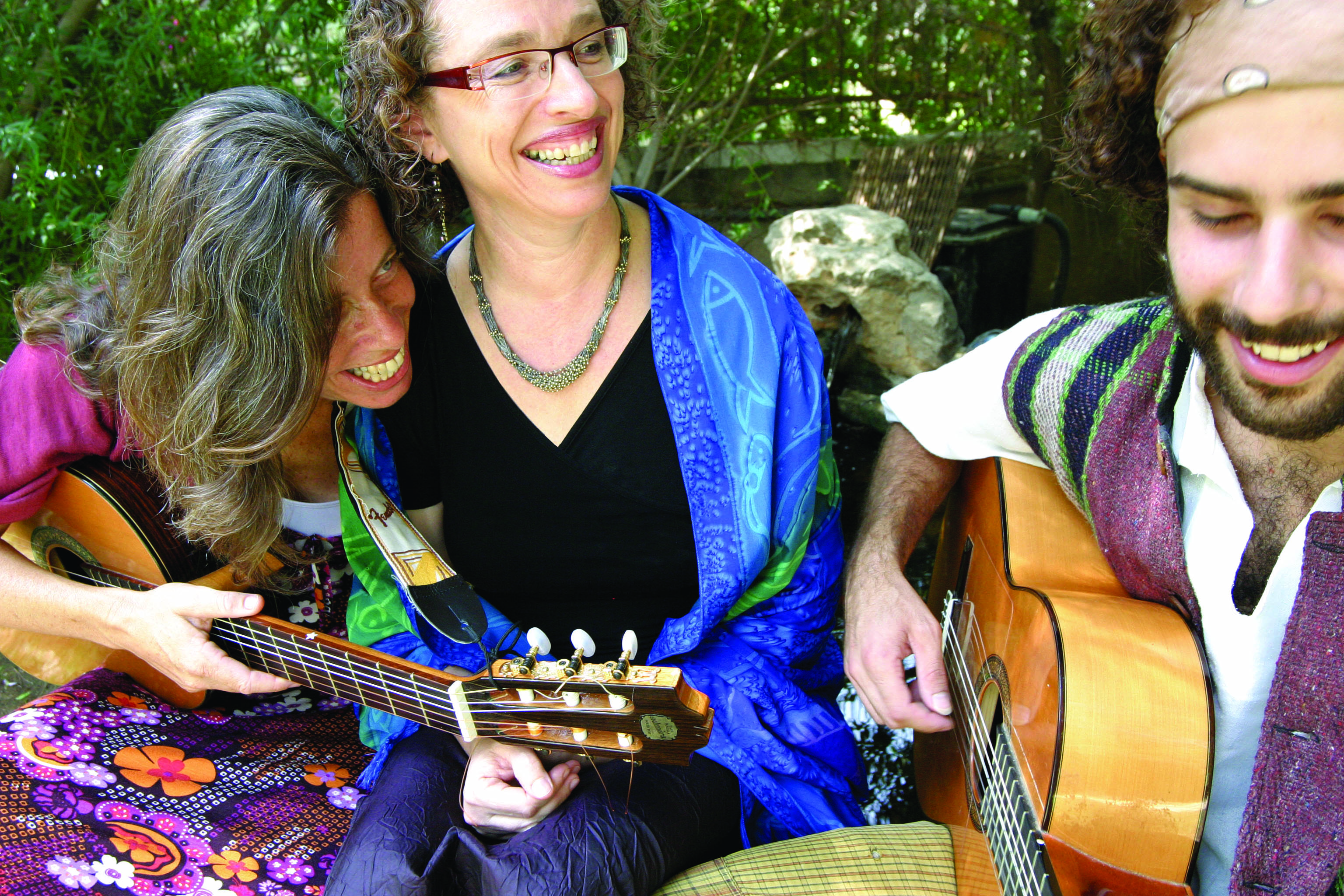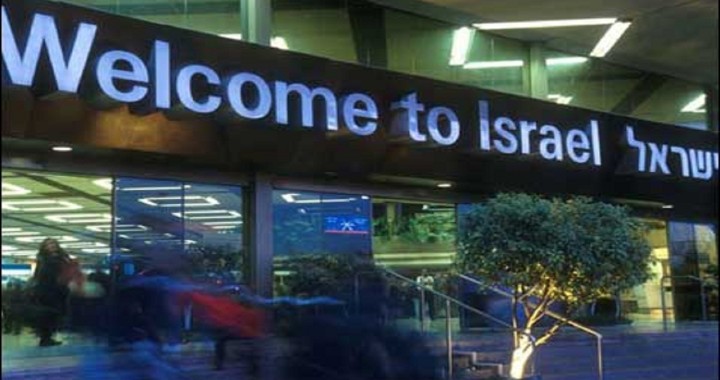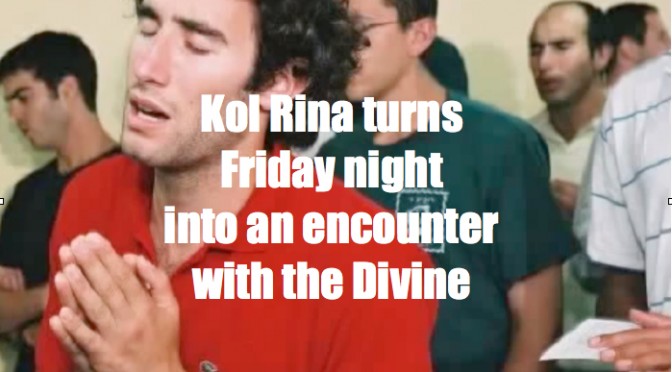Torah: The Two Realms of Community Building
Last week, I participated in a trip with Perspectives, an organization seeking to give students varied mainstream Jewish-Israeli perspectives on the Israeli-Palestinian conflict. We toured the security fence between Israel and the West Bank with Danny Tirza, the designer and architect of the wall. We spoke to a woman who was evacuated from Gaza when Israel disengaged from there in 2005. We spoke to a woman who lives in the closest Israeli settlement to Gaza and walked between the two walls separating Northern Gaza and Israel. We talked with residents of Sderot, a town often in the news as a target for terrorist missiles from Gaza. We spoke with settlers in the West Bank and leftist Israeli activists about their relations with Palestinians. What became clear to me was that while the security barriers were most certainly effective for short term security and have saved many Israeli lives, the long term effect of the physical separation of peoples may make peace nearly impossible.
At the beginning of this week’s double parsha, Moshe gathers (va’yakhel) the Israelites to tell them the laws of Shabbat. The word va’yakhel has the root K-H-L, which is shared with other words such as kehilla and kahal, two different words for community. In Judaism, community is of utmost importance, and is the driving force behind many of our rituals. We can pray on our own, but the Rabbis place much greater emphasis on communal prayer, and indeed there are certain parts of our prayer we can only recite in a minyan of 10.
As Rabbi Jonathan Sacks points out in this parasha, Moses
“directs their attention to the two great centres of community in Judaism, one in space, the other in time. The one in time is Shabbat. The one in space was the Mishkan, the Tabernacle, that led eventually to the Temple and later to the synagogue. These are where kehillah lives most powerfully: on Shabbat when we lay aside our private devices and desires and come together as a community, and the synagogue, where community has its home.”
There are two realms in which community is built: in space and time. If we adapt this model to the conflict, and really all conflicts, it gives some cause for hope.
In Israel, the realm of space is incredibly tricky. In spaces where Jews and Arabs do share space, it is often in a hierarchical role, with Arabs servings as construction works or maintenance workers in Jewish companies. And the physical barrier separates many Israelis from Palestinians, making relations difficult to sometimes impossible. In our interactions on the trip, the lack of knowledge of the other was clear, but so was the desire to meet their neighbors across the fence. Therefore, space needs to be created in a way that both Israelis and Palestinians, normal people, not politicians, can meet on equal footing and develop relationships with each other.
In the realm of time, Shabbat can serve as our guide. The media portrayal of the other in both Israeli and Palestinian society is often biased and skewed. Only by putting down our media devices and meeting the other face to face will true, deep relationships develop. Israelis and Palestinians must carve out a time in their weeks to be fully present and to hear the narratives of the other, no matter how painful or challenging.
The parasha provides the roadmap; we must be willing to take the first steps, no matter how much fear or apprehension we may have. May the Holy Blessing One bless us all with the courage to challenge ourselves in the coming week to listen and engage with a narrative that is different from our own, and may we succeed in creating holy communities, wherever we may be, that transcend time and place.
T’fillah: The Power of a Minyan
When I’m praying alone, I can get pretty high. I can go at my own pace, dwell on certain lines, meditate, go faster in certain areas, use the melodies I like best. But there’s an issue.
If I’m davening alone, I only have one voice. But if I’m davening with two, then I have the sweetest sound in the universe, harmony, and together we can get even higher. Three, four, five others harmonizing, that’s the highest, we can really transform ourselves.
The Rebbe Rashab taught the following about harmony. In the beginning, as Kabbalah says, God was an infinite pinprick, containing infinite potential in its singularity. But this energy exploded, expanding into infinite possibility. No longer was there singularity. Within this infinite possibility, we have two choices, we can either let the infinite become divisive, or we can let it bring people together. In Hassidut, our souls come down into the mud of this world to get even higher, and so too, here, God does as well. Because the only thing higher than singularity is the beauty of harmony. Our work is to use this harmony to elevate God even higher, and we do that through harmonizing with other human beings. How do we know this? When we say Shema, we say God is echad, not yachid. God is not singular, but God is one. To be echad means to be one of a group, all of us, together in harmony.
So you see my friends, with harmony we can get really truly high, but we need a minyan to move beyond ourselves and change the world. We need a minyan to bring God down into this world. How do we know? Well, what can we say when we have a minyan? Kaddish. And the kaddish is not in lashon hakodesh, the holy tongue (Hebrew), it’s in Aramaic. When we have a minyan, we can bring God into even mundane language, into the chol, into the non-holy.
But why davka ten? One reason that’s brought down is because of Numbers 14:27. There were twelve spies that went into the land. Two came back with favorable reports, and ten came back with negative reports and convinced the people not to enter the land. As the Lubavitcher Rebbe brought down, these spies were afraid of an absence of God in the land. They mamesh couldn’t see God in the world. They didn’t think God could be present while working the land, setting up governments, creating families, and in all of the hard work of establishing a society. So by davening in a minyan, we recall these spies and say, “God, you’re here in this world. I see you. And I want to sanctify you by sanctifying others.”
Sam Blustin is an alumnus of the Conservative Yeshiva (2014-2015) and a current Rabbinical student at the Jewish Theological Seminary (Class of 2020). You can view more divrei Torah at www.samblustin.com or contact Sam directly at samblustin@gmail.com.




